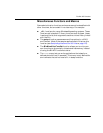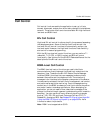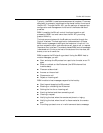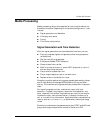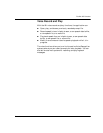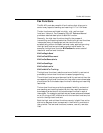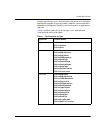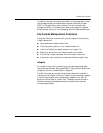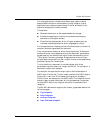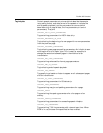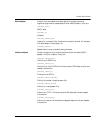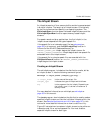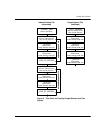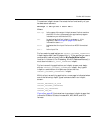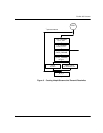
The Bfv API Functions
November 2009 43
For voice applications, infopkts provide an easy means to build
sophisticated interactive voice systems. Using infopkts, a voice
application can create a master prompt file that builds all of the
system's prompts out of short phrases.
This scheme:
Reduces the amount of disk space needed for storage.
Enables the application to build new prompts as changing
demands on the system dictate.
Simplifies the development of multilingual systems that can
translate recorded prompts to other languages on-the-fly.
For fax applications, infopkts provide a flexible means to transmit a
complex, computer-generated fax document.
A fax transmission consists of one or more documents. A document
consists of one or more pages containing the document parameters,
agreed upon by two communicating fax machines according to the
T.30 protocol, that do not change. A page consists of one or more
strips of data, converted from their original format to the established
document format for transmission.
To a fax machine, a document is a simple object with three
parameters: vertical resolution, length, and width. To a computer, a
document is often more complex.
For example, fax applications might require the transmission of
ASCII data in fax format. The fax module converts the ASCII data to
G3 format in real-time. A file header and signature, already in
G3 fax format, can accompany the ASCII data. The infopkt structure
makes it easy to send a document of this type because it organizes
fax and ASCII data into a single structure for transmission and
reception.
The Bfv API defines and supports the infopkt types described on the
following pages:
Tag Infopkts
Data Infopkts
Indirect Infopkts
User-Defined Infopkts



